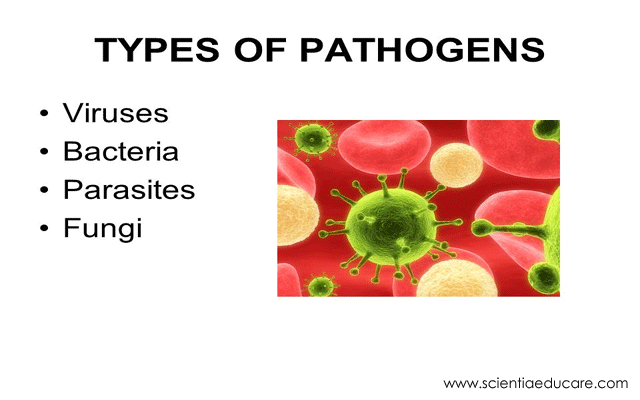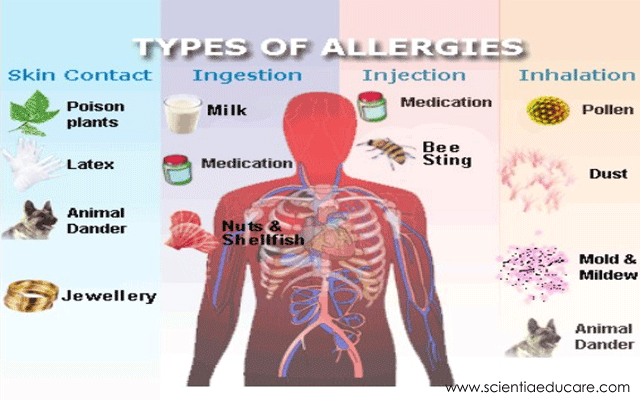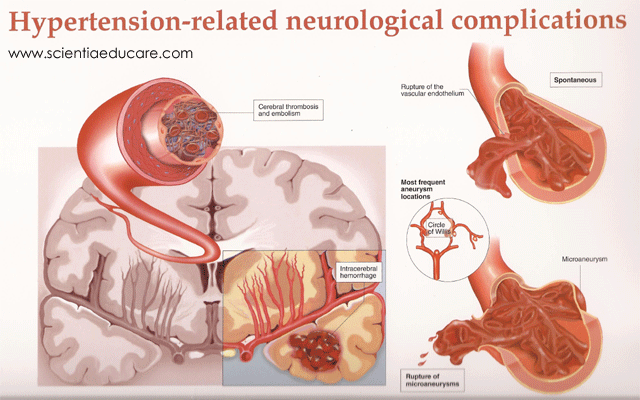
Heart Disease
Heart disease describes a range of conditions that affect your heart. Diseases under the heart disease umbrella include blood vessel diseases, such as coronary artery disease; heart rhythm problems (arrhythmias); and heart defects you’re born with (congenital heart defects), among others.
The heart is like any other muscle in body. It needs an adequate blood supply to provide oxygen so that the muscle can contract and pump blood to the rest of the body. Not only does the heart pump blood to the rest of the body, it also pumps blood to itself via the coronary arteries. These arteries originate from the base of the aorta (the major blood vessel that carries oxygenated blood from the heart) and then branch out along the surface of the heart.
When one or more coronary arteries narrow, it may make it difficult for adequate blood to reach the heart, especially during exercise. This can cause the heart muscle to ache like any other muscle in the body. Should the arteries continue to narrow, it may take less activity to stress the heart and provoke symptoms. The classic symptoms of chest pain or pressure and shortness of breath due to atherosclerotic heart disease (ASHD) or coronary artery disease (CAD) are called angina.
Should one of the coronary arteries become completely blocked — usually due to a plaque that ruptures and causes a blood clot to form — blood supply to part of the heart may be lost. This causes a piece of heart muscle to die. This is called a heart attack or myocardial infarction (myo=muscle + cardia=heart + infarction= tissue death).
The term “heart disease” is often used interchangeably with the term “cardiovascular disease.” Cardiovascular disease generally refers to conditions that involve narrowed or blocked blood vessels that can lead to a heart attack, chest pain (angina) or stroke. Other heart conditions, such as those that affect your heart’s muscle, valves or rhythm, also are considered forms of heart disease.
Heart (cardiovascular) disease definition and facts
Heart disease refers to various types of conditions that can affect heart function. These types include:
Coronary artery (atherosclerotic) heart disease that affects the arteries to the heart
Valvular heart disease that affects how the valves function to regulate blood flow in and out of the heart
Cardiomyopathy that affects how the heart muscle squeezes
Heart rhythm disturbances (arrhythmias) that affect the electrical conduction
Heart infections where the heart has structural problems that develop before birth
Coronary artery disease is the most common type of heart disease in the US.
Coronary arteries supply blood to the heart muscle and coronary artery disease occurs when there is a buildup of cholesterol plaque inside the artery walls. Over time, this buildup of plaque may partially block the artery and decrease blood flow through it.
A heart attack occurs when a plaque ruptures and forms a clot in the artery causing a complete blockage. That part of the heart muscle that is denied blood supply starts to die.
Classic signs and symptoms of coronary heart disease may include:
Chest pain (angina) – This pain may radiate or move to the arm, neck or back.
Shortness of breath
Sweating
Nausea
Irregular heartbeat
Not all people with coronary artery disease have chest pain as a symptom. Some may have signs and symptoms of indigestion, or exercise intolerance where they cannot perform activities that they normally once could.
Coronary heart disease is initially diagnosed by patient history and physical examination. EKG blood tests, and tests to image the arteries and heart muscle confirm the diagnosis.
Treatment for coronary heart disease depends upon its severity. Many times lifestyle changes such as eating a heart healthy diet, exercising regularly, stopping smoking and controlling high blood pressure, high cholesterol and diabetes may limit the artery narrowing.













